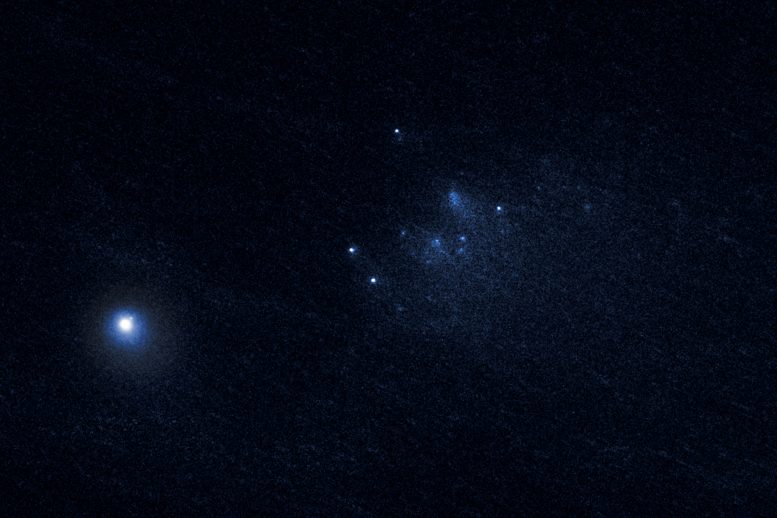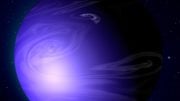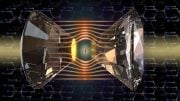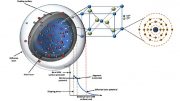This newly released Hubble image shows comet 332P/Ikeya-Murakami.
This intriguing new image captured with the NASA/ESA Hubble Space Telescope shows a dust-bathed cluster of fragments from a disintegrated comet. The comet in question, named 332P/Ikeya-Murakami, split into this shower of fragments in the closing months of 2015.
Fragmenting comets such as 332P/Ikeya-Murakami have long been objects of fascination for astronomers worldwide. Famously, Comet Shoemaker-Levy 9 disintegrated in 1992, crashing into the atmosphere of Jupiter at nearly 200,000 kilometers (124,000 miles) per hour, creating scars on it almost half the size of Earth.
Though well-studied, objects such as this remain a puzzle to astronomers; no theory fully explains why comets split apart on their long journeys around the Sun. Hubble will continue to observe 332P/Ikeya-Murakami and comets like it, unraveling the nature of these mysterious objects.










Comet 332P/Ikey-Murakami. Falling to pieces.
This is an example of the chipping away of a comet, 332P, by the force or energy transmitted or conducted through its surrounding intimate atmosphere (halo) due to asymmetric space densities to its more solid body parts. That is, as the comet traverses space it encounters density variations. These varying strata of space cause uneven fluctuations (density waves) in the comet’s atmosphere that impinge upon and stress the comet body. Depending upon the severity, duration, and width of these vibrations, these disparities (harmonics) in wave amplitude can cause the object to fissure, shift, and crumble at various depths, which can promote and increase outgassing. Like Comet 67P, Comet 332 recently began to experience these disturbing quakes. If the object has little or no rotation, these loosened parts can stay more or less in close proximity, as described by Scheeres and Hirabayashi.
These folks do not support the thesis proposed here.
In those cases when the object is approaching a strong gravitating source the density of space becomes more stratified or pocketed, as near planets. This effect becomes greatly amplified near a star, in this case 332P’s approach to the Sun. Plus the usual solar winds and radiation contribute their effects. Pounding vibrations and internal tremors to 332P have loosened huge chunks In this scenario the comet has a slow rotation; one sufficient to allow these destabilized parts to slowly drift away. This (unnamed) mechanism or process favors the undoing or separating from the main body of the comet of larger segments over smaller pieces. If the comet were spinning faster, we might expect the loose debris to be scattered more evenly. The concentration of fragments as in this case indicates a large amount departed more or less intact and has since begun to scatter. This loss of masses of material prompted by the rattling of the comet by exterior forces can be expected to continue and to increase as it draws closer to the Sun. Surviving that encounter and sailing outwards to the far reaches of the solar system 332P can expect a calmer voyage, but will never be completely free of those disturbing tremors.
Thanks to Jean-Baptiste Vincent, et al, for their close observation of Comet 67P/Churyumov–Gerasimenko. They do not agree with the scenario described here.